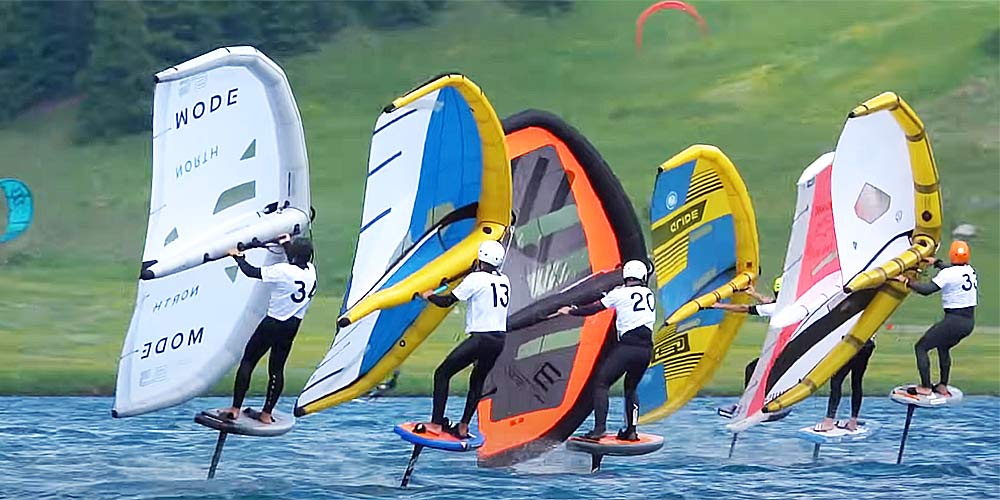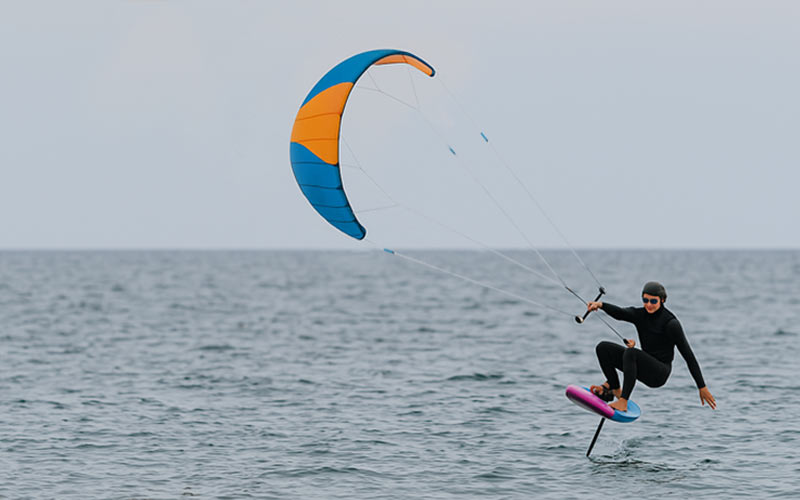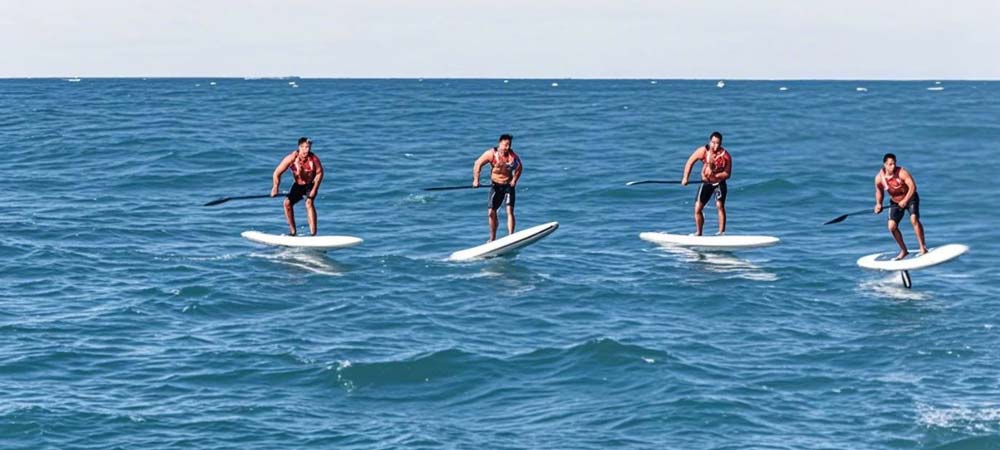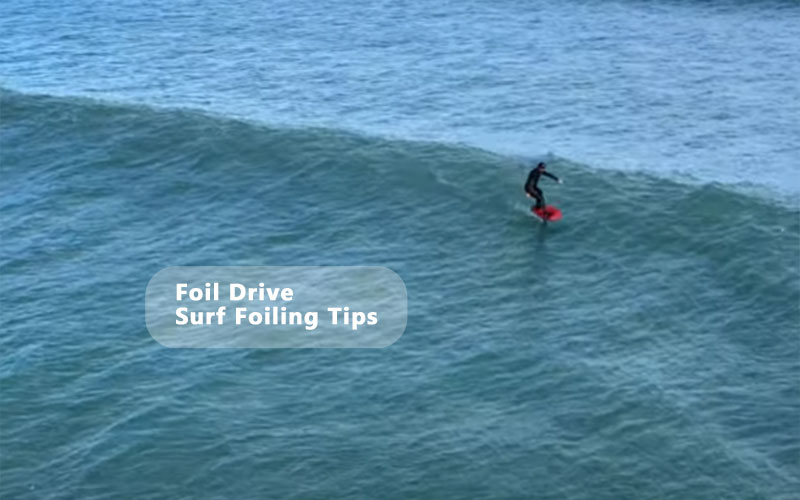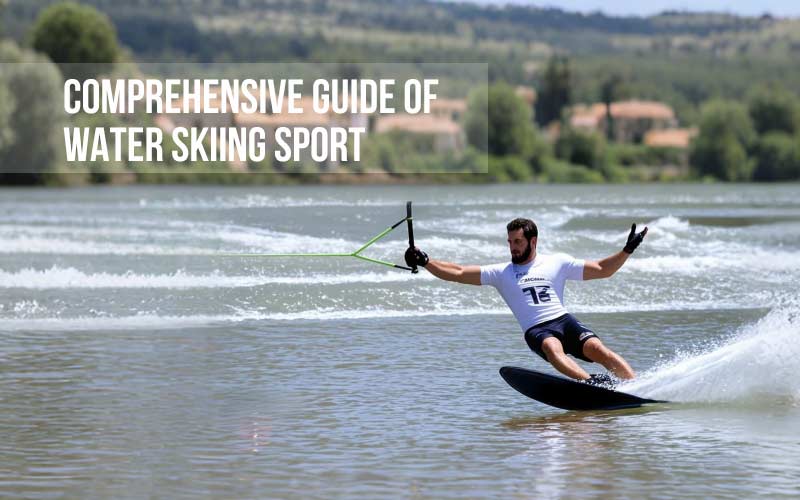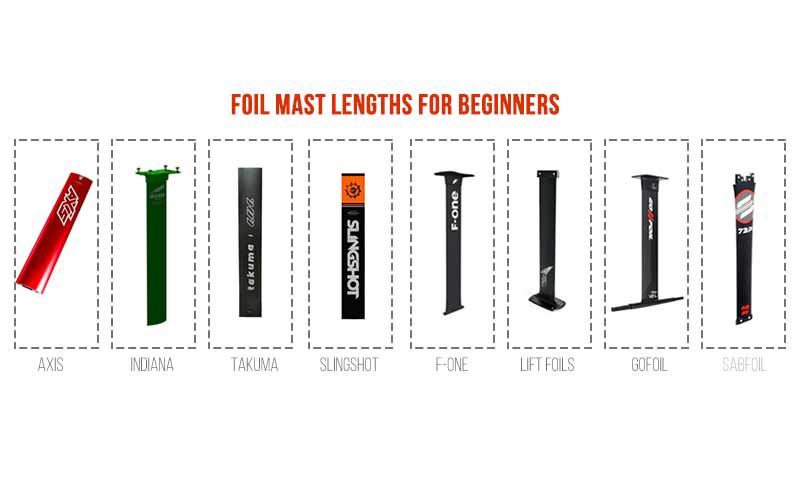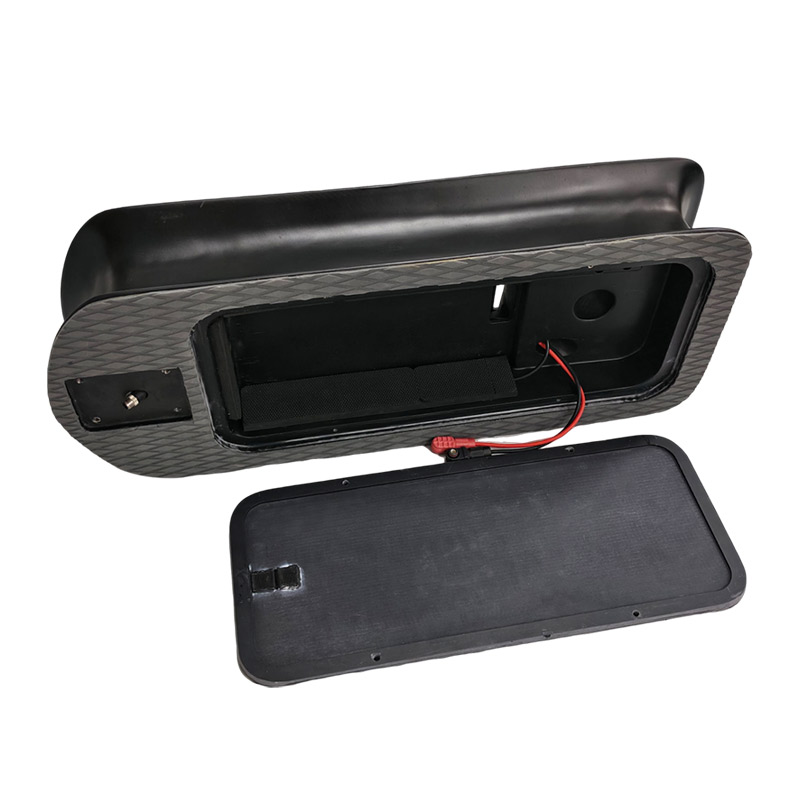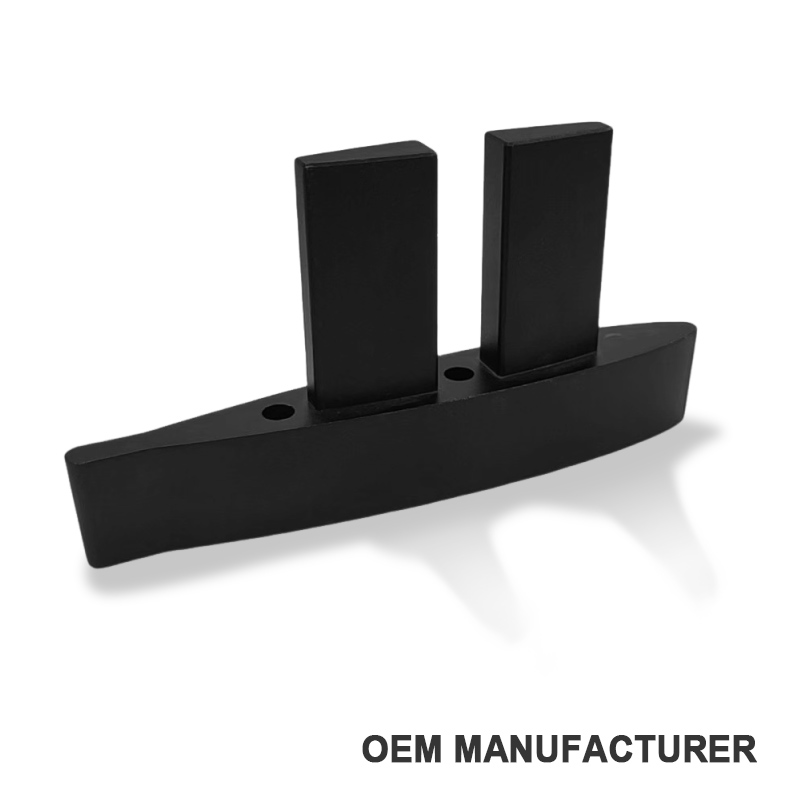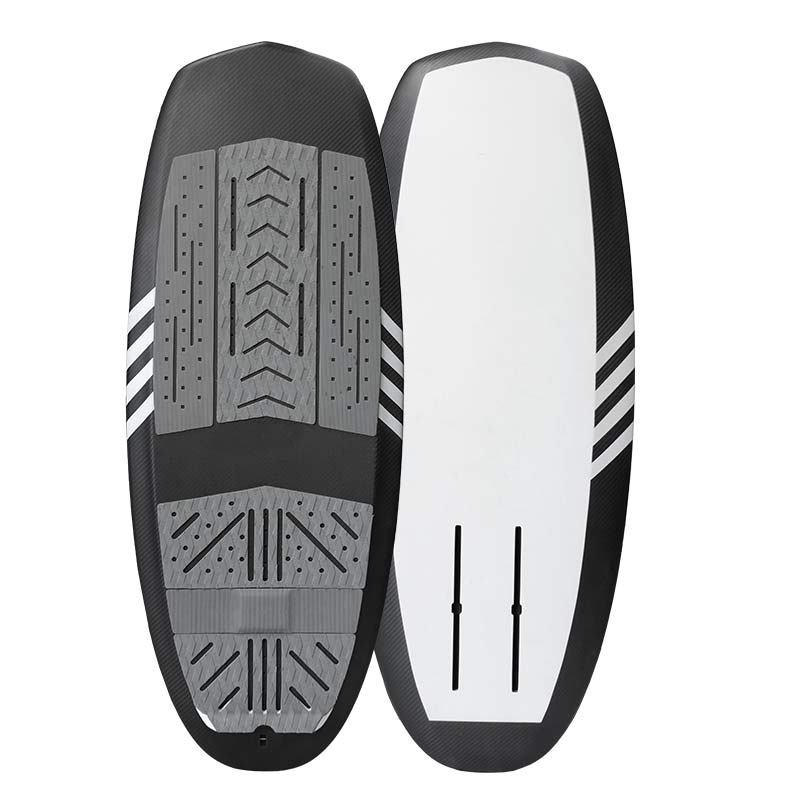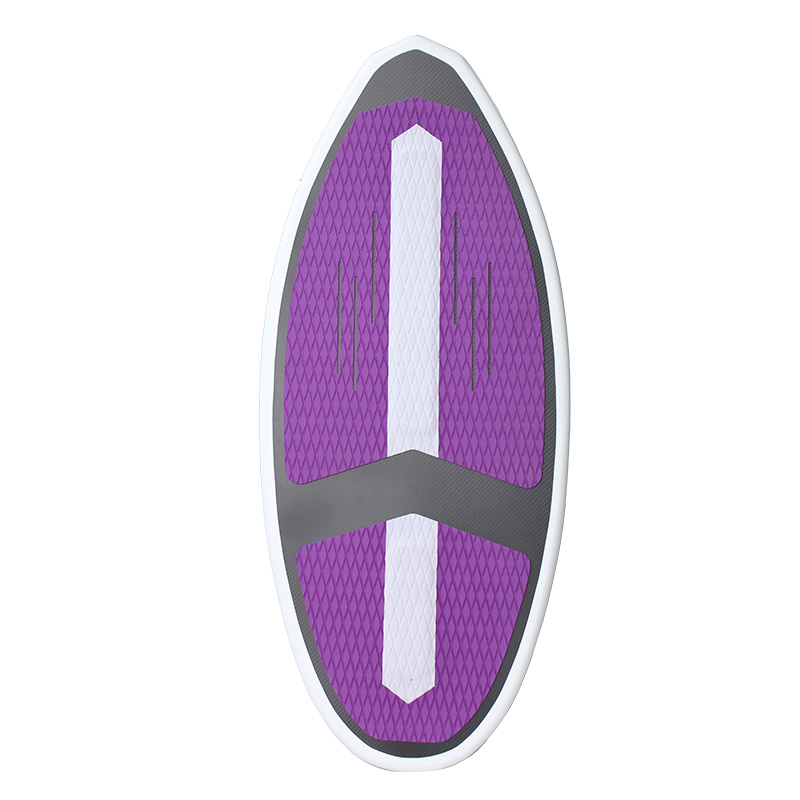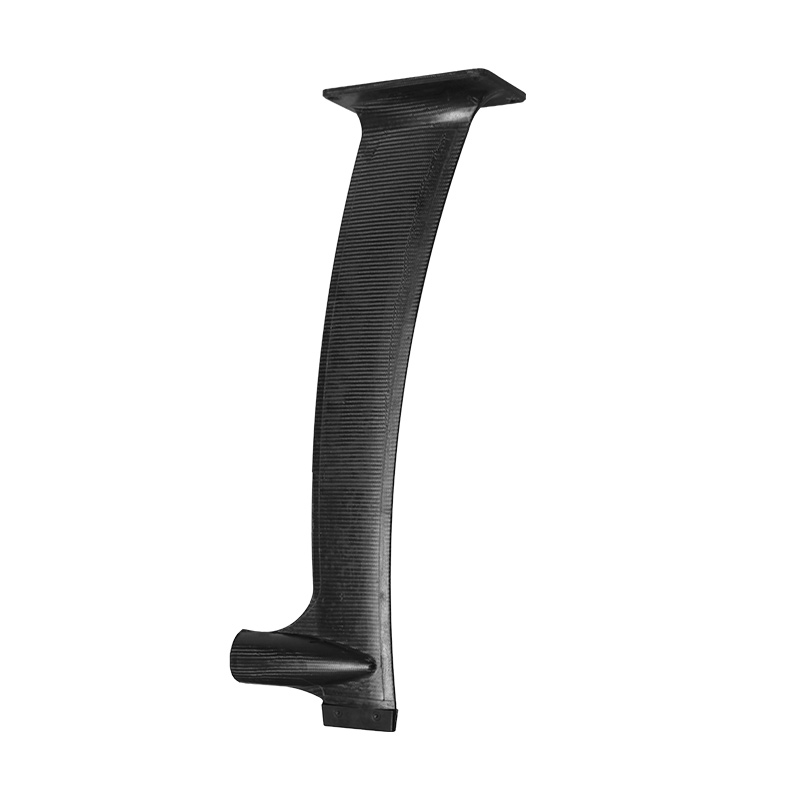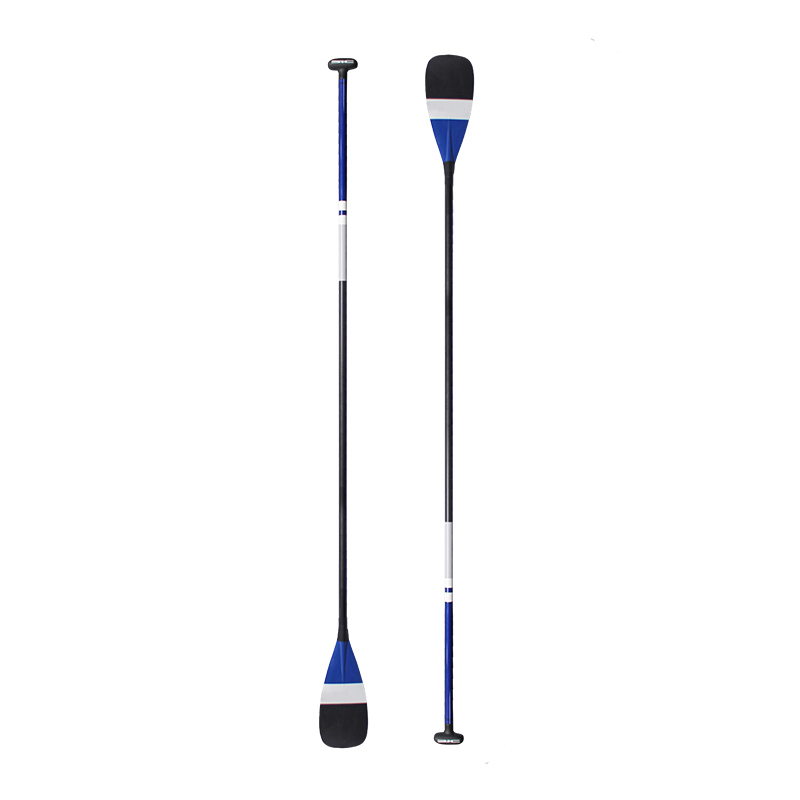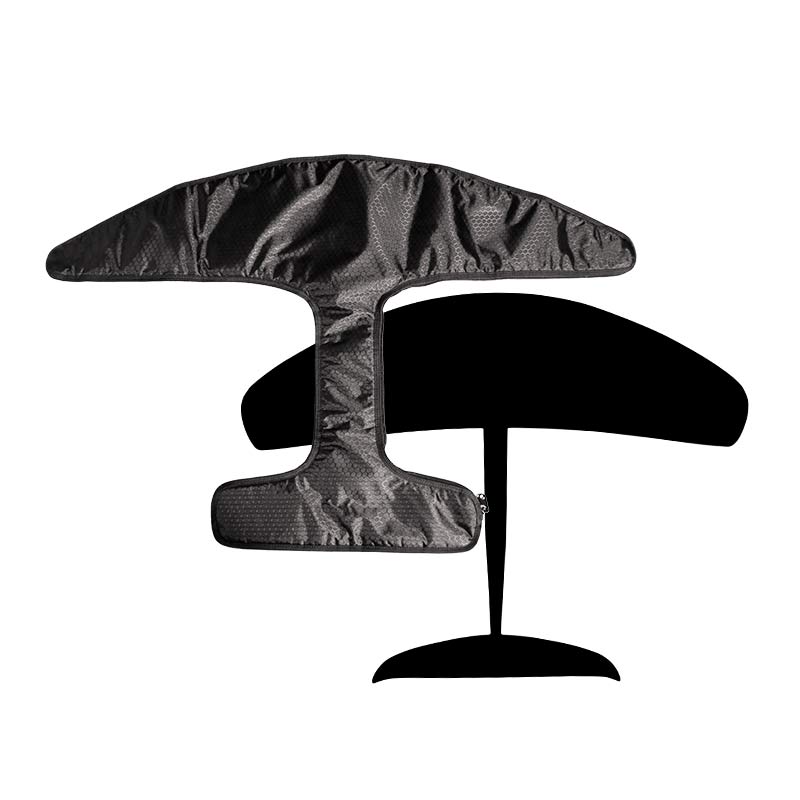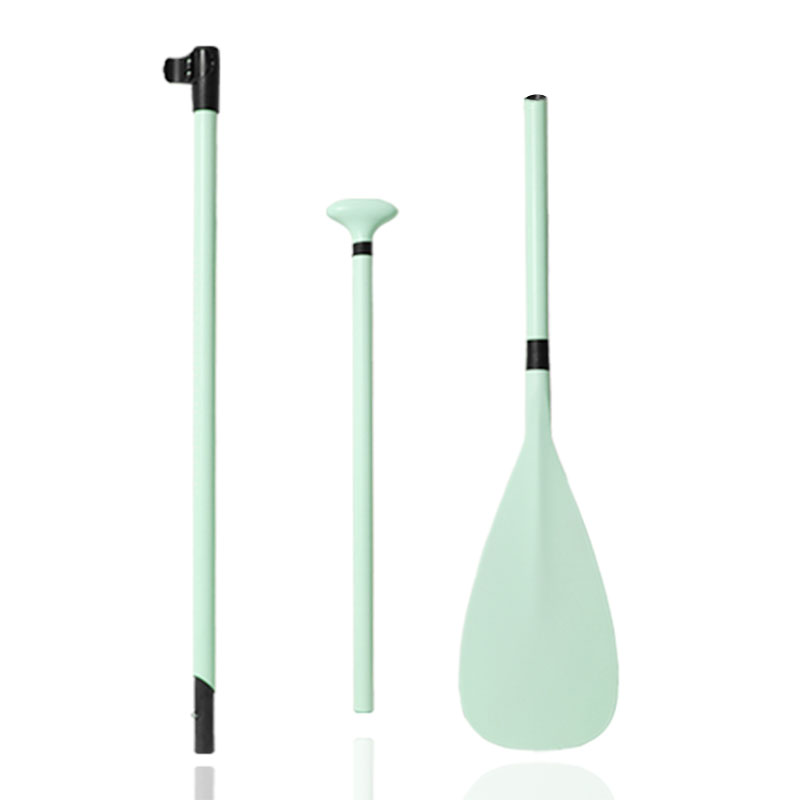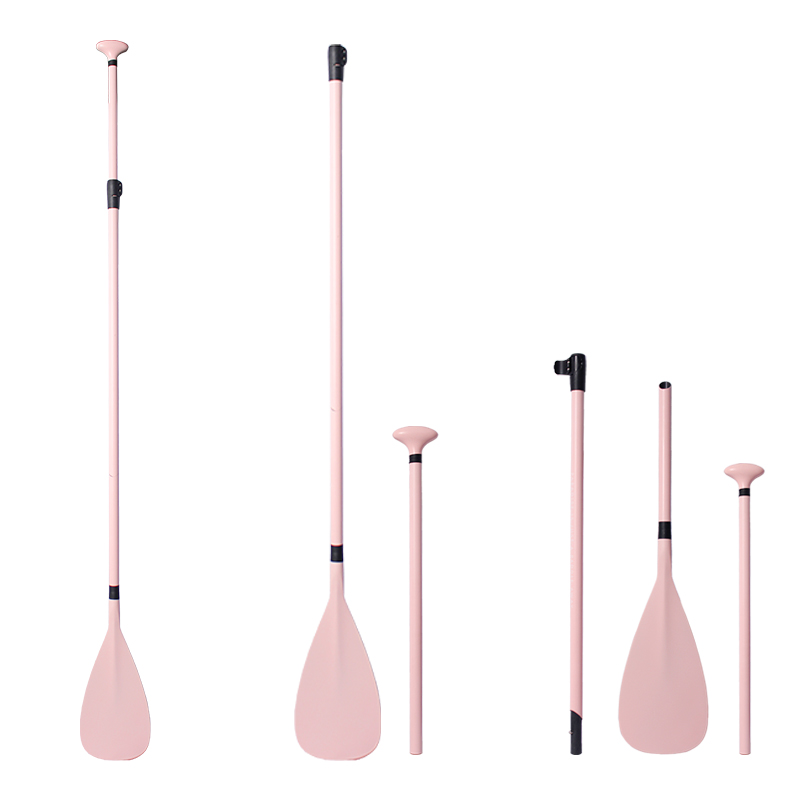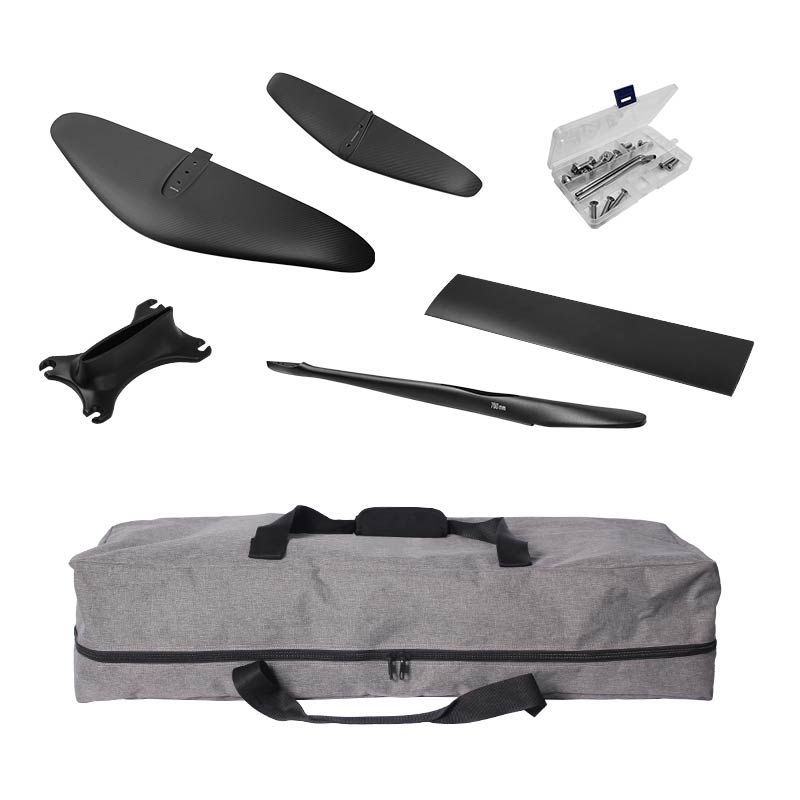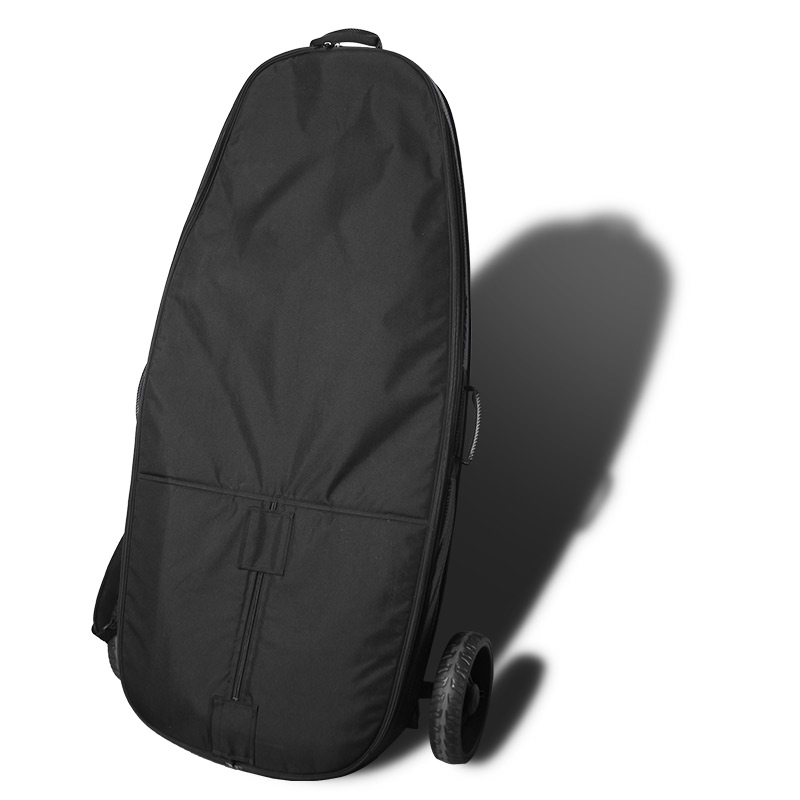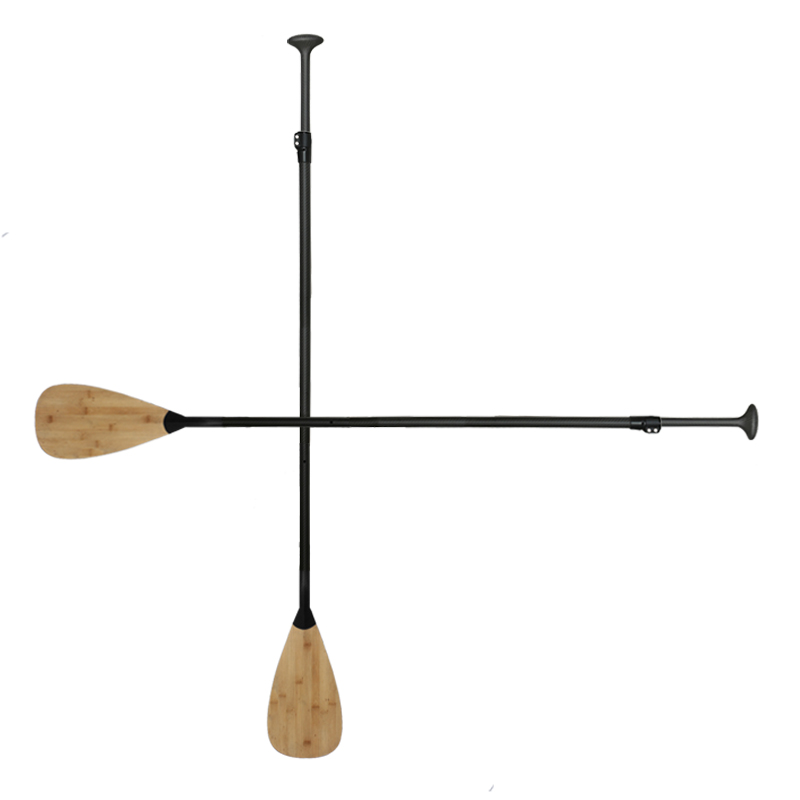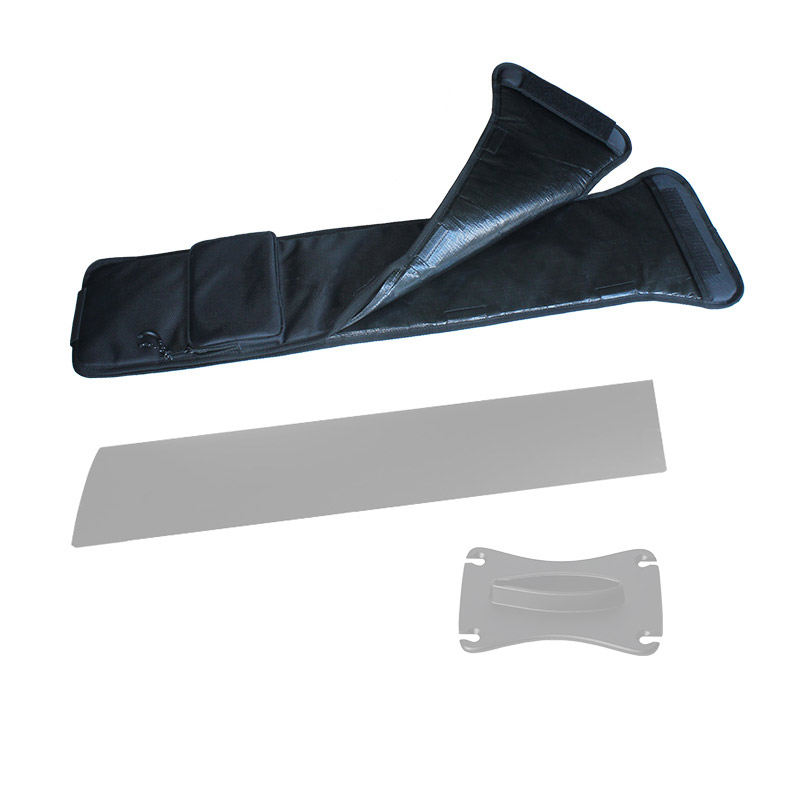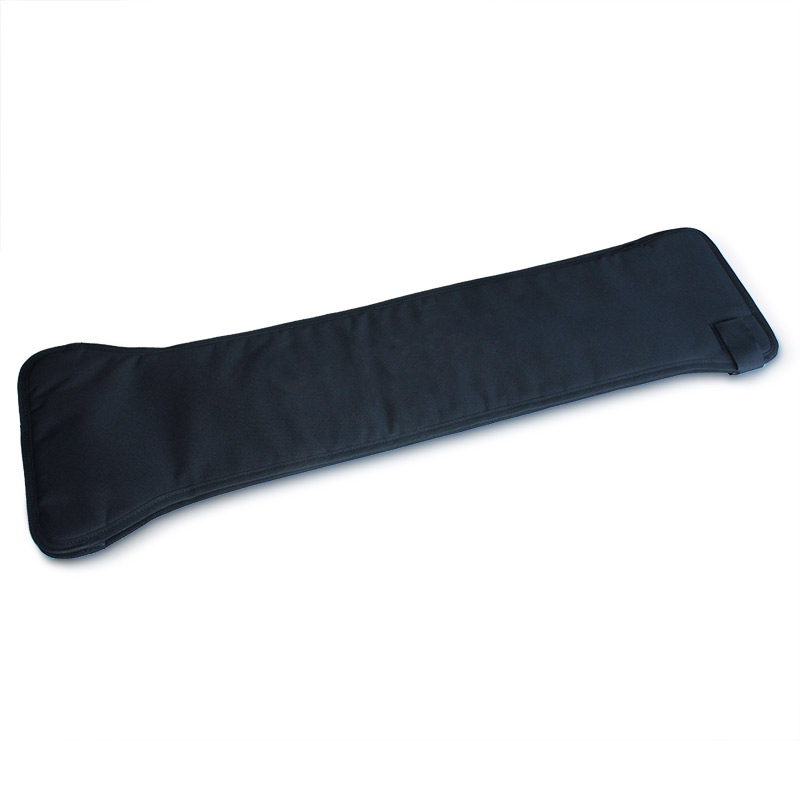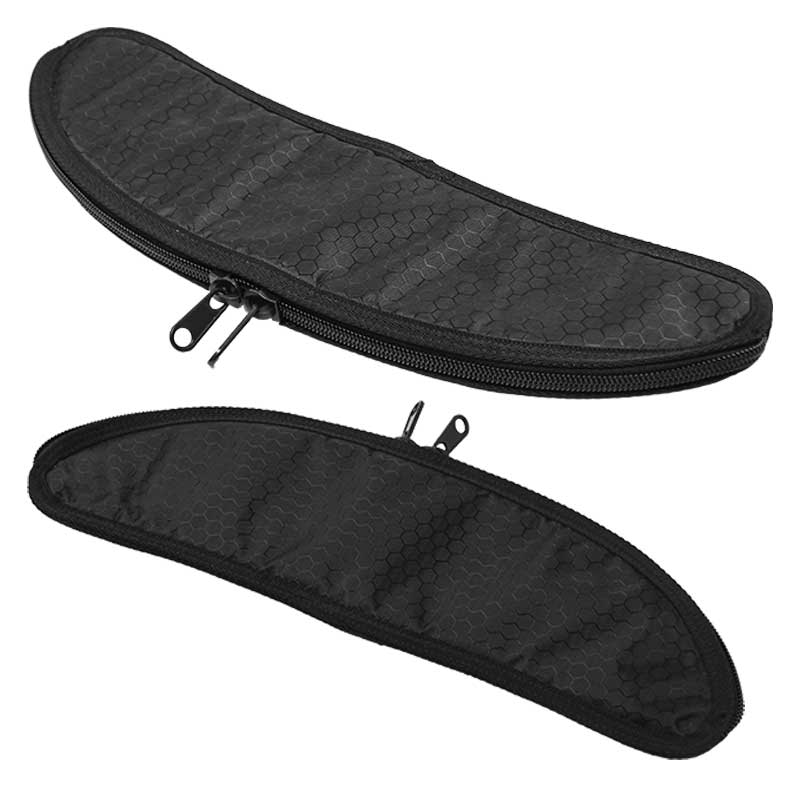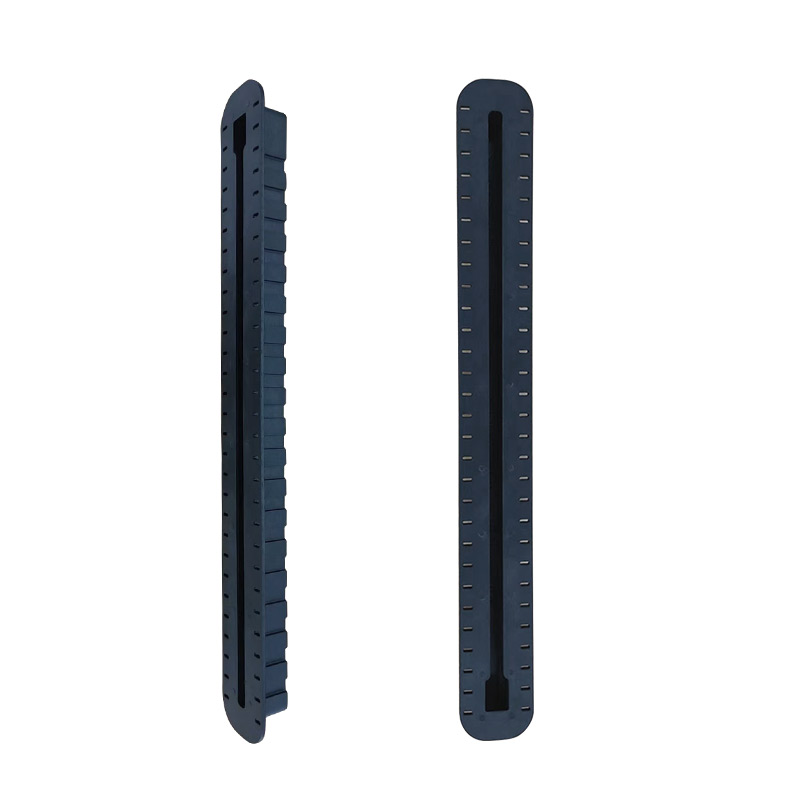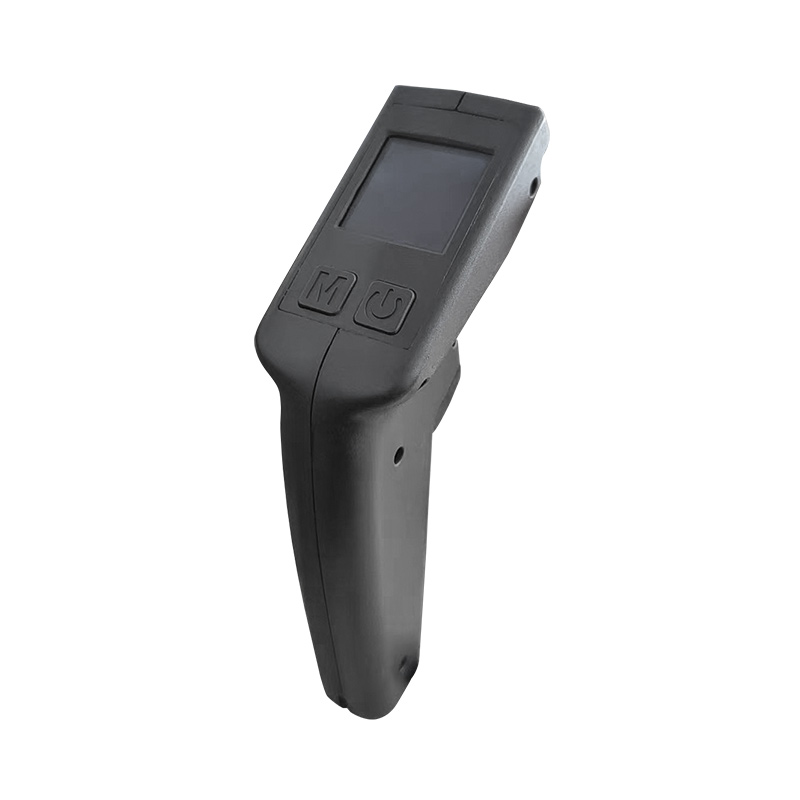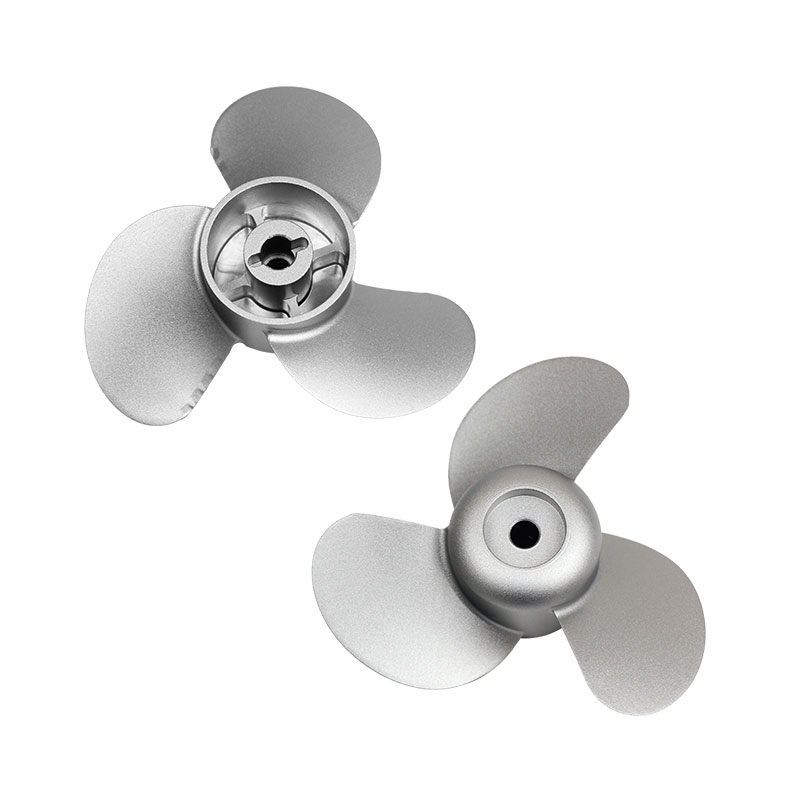Freeride kitesurfing has evolved into one of the most thrilling yet accessible watersports in recent years. What was once seen as an extreme sport is now enjoyed by people of all skill levels around the globe. Whether you’re looking to explore vast bodies of water, ride the wind in light or strong gusts, or simply experience the joy of jumping, freeride kitesurfing offers something for everyone.
Freeride kitesurfing is the perfect tool for riders who want a versatile, user-friendly kite that works in a variety of conditions. Unlike other specialized disciplines such as freestyle or big air, freeride kites are designed to do it all. This makes them ideal for beginner and intermediate riders looking for a fun, forgiving kite while still offering enough performance for more advanced riders to push their limits.
In this guide, we’ll break down the characteristics, benefits, and best kites on the market for freeride kitesurfing, helping you find the best fit for your riding style.

1. What is Freeride Kitesurfing?
Freeride kitesurfing is all about enjoying the freedom of the wind and the water, without the pressure of mastering one specific discipline. It focuses on fun, exploration, and versatility. Riders can cruise along flat water, catch some air with jumps, or ride in choppy conditions, making the most out of whatever the day brings.
The main appeal of freeride kitesurfing is its all-around nature. You don’t have to commit to just one type of riding, which means you can enjoy a variety of experiences — from calm cruising to powerful jumps. Unlike the more technical disciplines like freestyle or wave riding, freeride kitesurfing lets you ride in almost any conditions and with minimal skill requirements, making it the perfect entry point for newcomers and a great progression path for intermediate riders.
2. Characteristics of Freeride Kiteboarding Kites
Freeride kiteboarding kites are designed to perform well in a wide range of conditions, and they have certain key characteristics that set them apart from other types of kites. Here will introduce the characteristics of freeride kitesurfing kites.
- User-Friendliness: One of the most attractive features of freeride kites is their ease of use. These kites are forgiving, stable, and predictable, making them ideal for beginners. They are designed to perform well without requiring advanced skills or constant rider input.
- Wind Range: Freeride kites excel in a wide wind range, which means they can perform well in both light wind and gusty conditions. This gives riders more time on the water, even when the wind isn’t perfect. Many freeride kitesurfing kites can be used in both light and moderate winds, reducing the need to carry multiple kites.
- Upwind Performance: Riding upwind is a key component of freeride kitesurfing, and most freeride kites are optimized for this. These kites allow riders to easily ride upwind with minimal effort, making them easier to control and navigate in a variety of conditions.
- Jumping Ability & Hang Time: While they’re not specifically built for freestyle maneuvers, many freeride kites offer excellent lift and hang time, allowing riders to get air with ease. This makes them great for beginner-to-intermediate jumps and transitions.
3. Benefits of Freeride Kites
Freeride kitesurfing kites offer numerous benefits, making them a popular choice for riders of all skill levels.
- Versatility: Freeride kitesurfing kites can handle various conditions, from light winds to gusty, turbulent days. They’re well-suited for flat water, choppy conditions, or even small wave riding. This makes them incredibly versatile, allowing you to ride wherever and however you want.
- Simpler Progression: These kites are ideal for riders who are still learning the basics and want to progress at their own pace. With stable handling, forgiving characteristics, and a great upwind performance, freeride kitesurfing kites allow you to focus more on learning new skills rather than managing kite control.
- Reliability and Stability: Freeride kites are known for their stability in gusty conditions. Riders can expect a smooth ride even when the wind is inconsistent, giving them the confidence to ride longer and enjoy more time on the water.
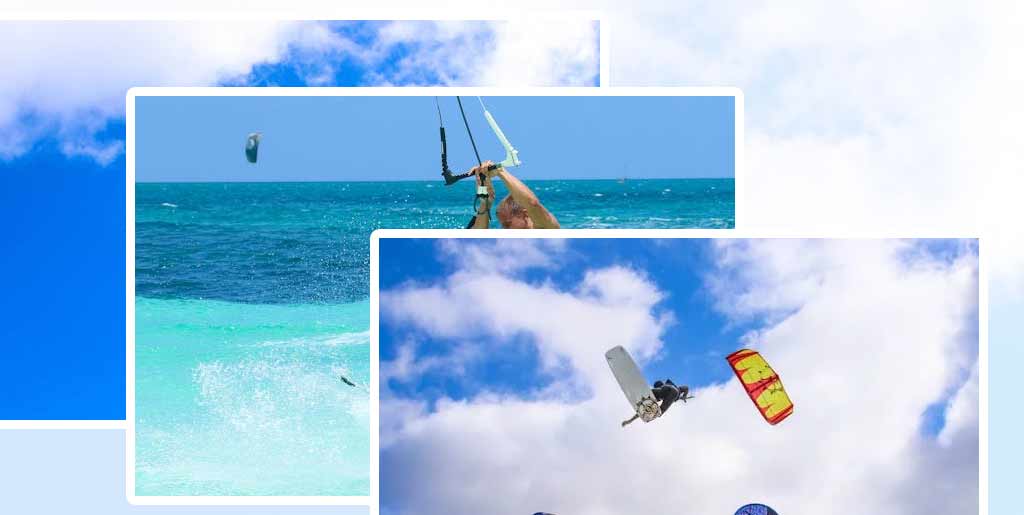
4. Top Freeride Kites on the Market
Several kite brands have perfected their freeride models, offering a variety of options for riders. Here are some of the best freeride kitesurfing kites available:
- Cabrinha Switchblade: Known for its versatility and predictable power, the Switchblade is a top choice for freeride kitesurfers. It offers excellent wind range and a smooth, stable ride, making it great for both beginners and advanced riders.
- North Evo: The Evo is a versatile kite that shines in all-around performance. With quick response and excellent jumping ability, it’s ideal for freeride riders who also want to experiment with freestyle or wave riding.
- Naish Pivot: This kite is designed for riders who want fast turning, agile handling, and the ability to perform well in waves. While it excels in the surf, it also offers excellent performance for freeride riders who enjoy a responsive kite.
- Slingshot Rally: With a strong focus on stability and ease of use, the Rally is perfect for those new to the sport. It offers an excellent wind range and a forgiving feel, allowing for effortless cruising and jumping.
- F-One Bandit XV: A refined freeride kite, the Bandit offers great control, stability, and power. It’s perfect for riders looking for an all-around performer in varying conditions.

5. How to Choose the Right Kite for Freeride Kitesurfing
Selecting the right freeride kitesurfing kite involves more than just picking a popular model. It’s about finding a kite that aligns with your riding style, skill level, and the typical conditions you ride in. Here’s a more detailed look at the key factors to consider when choosing the perfect freeride kite:
a. Rider Experience
Your skill level plays a significant role in choosing the right freeride kitesurfing kite. A kite that’s ideal for an advanced rider may be too challenging for a beginner.
- Beginners: If you’re new to kitesurfing, you’ll want to look for a kite that is easy to control and forgiving in a variety of wind conditions. Kites that offer good stability, easy relaunch, and smooth power delivery are essential for building confidence on the water. Look for kites that are specifically described as beginner-friendly or as having great “auto-pilot” characteristics — meaning they’re stable and require less rider input.
- Best Kites for Beginners:
- Cabrinha Switchblade
- Naish Pivot
- Slingshot Rally
- Best Kites for Beginners:
- Intermediate Riders: If you have the basics down and are ready to progress, you can opt for a kite that offers more performance features but still maintains stability. At this stage, you’ll want a kite that’s more responsive, offers excellent wind range, and is capable of handling more advanced tricks and maneuvers without feeling too technical.
- Best Kites for Intermediate Riders:
- North Evo
- F-One Bandit XV
- Naish Dash
- Best Kites for Intermediate Riders:
- Advanced Riders: Experienced riders can opt for kites that are more performance-oriented. These kites typically have faster turning speeds, greater responsiveness, and enhanced power delivery, which are great for pushing limits, jumping higher, and experimenting with freestyle or wave riding. At this level, the rider needs to be comfortable with a more reactive kite and understand how to control more advanced maneuvers.
- Best Kites for Advanced Riders:
- Cabrinha Chaos (for freestyle)
- North Vegas (for competition-style freestyle)
- Slingshot RPM (responsive for unhooked maneuvers)
- Best Kites for Advanced Riders:
b. Riding Style
Freeride kites are versatile, but they still have nuances depending on your riding style and what kind of sessions you prefer. Whether you want to cruise, jump, or explore some wave riding, your kite choice should reflect your preferences.
- For Cruising and Exploring: If your primary goal is to cruise around and explore, look for a kite with a stable feel and a large wind range. A kite that provides smooth power delivery, good upwind performance, and comfortable ride characteristics will allow you to enjoy long sessions in different wind conditions.
- Best Kites for Cruising:
- Cabrinha Switchblade
- Naish Pivot
- Slingshot Rally
- Best Kites for Cruising:
- For Jumping and Air Time: Freeride kites are known for their jumping capabilities, but some models offer better hang time and lift than others. If boosting and getting big air is important to you, look for kites that provide strong lift, predictable power, and easy control during takeoff. A kite with excellent hang time will allow you to stay in the air longer and have more time to perform tricks.
- Best Kites for Jumping:
- Cabrinha Rebel (great for hang time)
- North Evo (versatile and great for jumps)
- Slingshot Rally (smooth power and excellent lift)
- Best Kites for Jumping:
- For Wave Riding: While most freeride kites are versatile, some excel when it comes to wave riding. If you want a kite that will perform well in the surf, you’ll need something that offers fast, precise turning, stable power in changing wind conditions, and excellent depower for handling down-the-line riding.
- Best Kites for Wave Riding:
- Naish Pivot
- Cabrinha Drifter
- North Neo
- Best Kites for Wave Riding:
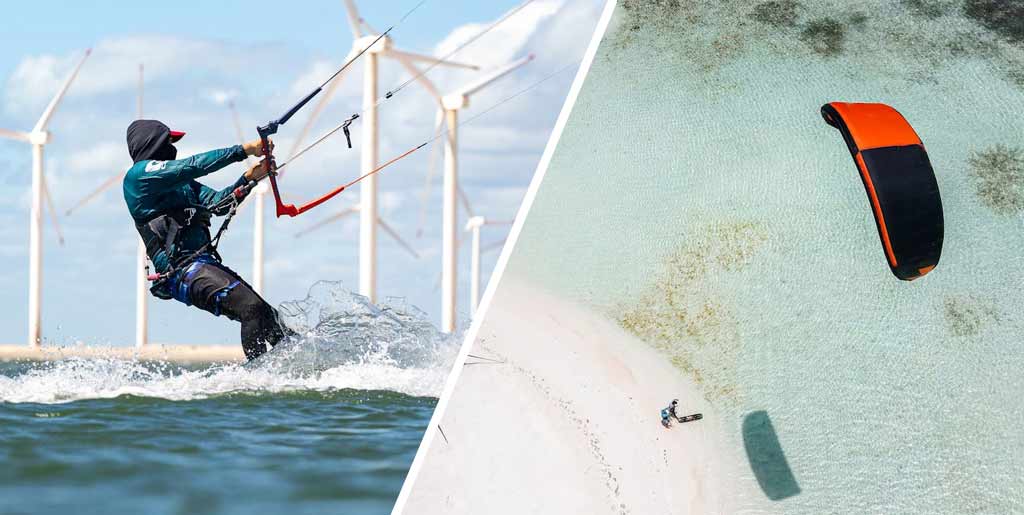
c. Wind Conditions
Wind conditions vary greatly depending on where you are riding, and the right kite should align with these conditions.
- Light Wind: For light wind conditions (usually under 12-15 knots), you’ll want a kite with a larger surface area and a deeper profile. These kites are designed to maximize low-end power, giving you the lift you need to get going in lighter breezes. However, they should also maintain stability and not become too aggressive in stronger gusts.
- Best Kites for Light Wind:
- Cabrinha Contra
- Slingshot Turbine
- F-One Breeze
- Best Kites for Light Wind:
- Medium to Strong Wind: For more consistent winds (15-25 knots), most freeride kites will perform well, but choosing the right size and model can make a big difference. In these conditions, you want a kite that is stable, has a good wind range, and can handle gusts without being overpowering. Freeride kites with a medium aspect ratio tend to balance power and control well.
- Best Kites for Medium Winds:
- North Evo
- Naish Pivot
- Cabrinha Switchblade
- Best Kites for Medium Winds:
- Gusty Winds: Gusty, variable winds require a kite that is forgiving, responsive, and stable, allowing you to maintain control even as the wind changes rapidly. Kites with a more open or hybrid shape will tend to be more stable in gusty conditions and offer easier handling without too much rider input.
- Best Kites for Gusty Winds:
- Naish Pivot (known for its stability and fast response)
- Slingshot Rally (excellent at handling gusty conditions)
- Cabrinha Switchblade (smooth in gusty conditions)
- Best Kites for Gusty Winds:
d. Kite Size
Kite size is a crucial consideration in making sure you have the right kite for your weight and the wind conditions.
- Choosing the Right Size: Kite sizes usually range from 5m² to 17m², with the smaller sizes suited for strong wind and the larger sizes better for light wind conditions. The right size kite will depend on your body weight, the typical wind conditions you ride in, and the style of kiting you enjoy.
- For Light Wind (Under 12 knots): Larger kites (12m² and up) will give you the lift and power you need to ride efficiently.
- For Medium Wind (12-20 knots): A kite in the range of 9m² to 12m² will give you a good balance between power and control.
- For Strong Wind (Over 20 knots): Smaller kites (5m² to 8m²) are more appropriate in stronger winds, allowing you to maintain control without overpowering the kite.
- Two-Kite Quiver: Many experienced freeride riders choose to ride with just two kites — one larger for light wind and one smaller for stronger wind conditions. This helps minimize the number of kites you need to manage, especially in regions with variable wind conditions.
e. Safety Features and Build Quality
When selecting a freeride kitesurfing kite, consider its safety features and build quality, especially if you’re a beginner or plan to ride in challenging conditions.
- Safety Features: Look for kites with easy-to-use depower systems, reliable safety releases, and excellent relaunch capability. Freeride kitesurfing kites should offer a simple yet effective way to depower in emergencies and quickly get the kite back in the air.
- Build Quality: A kite’s construction quality plays a big role in its durability and performance. Look for kites with high-quality materials such as durable Dacron, reinforced leading edges, and strong stitching. These elements ensure that your kite will last longer, especially if you’re riding in harsher conditions.
6. Common Mistakes to Avoid in Freeride Kitesurfing
- Overpowering the Kite: Choosing a kite that is too large for the wind conditions can result in a difficult and dangerous experience. Make sure you select the right kite size for the wind strength.
- Riding Beyond Your Skill Level: While freeride kitesurfing kites are forgiving, it’s important not to rush your progression. Take the time to build your skills and confidence before attempting more advanced maneuvers.
- Ignoring Wind Conditions: Understanding the wind and how it affects your kite’s performance is essential. Don’t choose a kite based solely on its design; make sure it suits the conditions of your session.
- Neglecting Safety Measures: Always wear the appropriate safety gear, including a harness and a helmet, and make sure you know how to self-rescue in case of emergency.
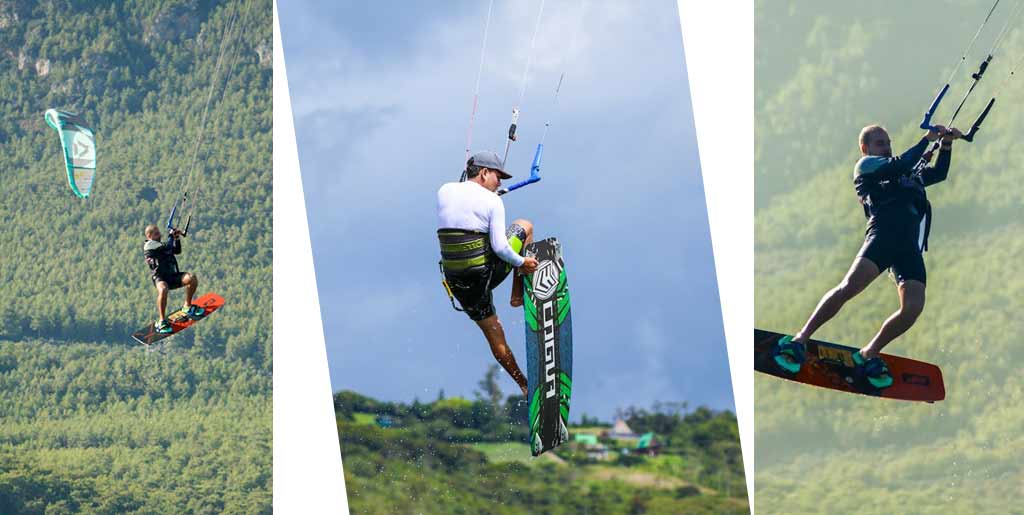
7. Advancing Your Freeride Skills
As you progress in freeride kitesurfing, refining key skills will help you ride more efficiently and confidently. Here’s how you can advance:
a. Improving Kite Control
Mastering precise kite control is essential. Focus on edge control to increase your upwind ability and managing the kite’s power in different wind conditions. Learn to depower effectively, especially in stronger winds, to maintain control.
b. Mastering Jumps and Air Time
Once you’re comfortable, start boosting your jumps for more air time. Work on your takeoff technique by timing the kite’s movement with your edge. Practice kite stability in the air, and focus on a smooth landing.
c. Exploring New Tricks
Freeride kitesurfing kites are great for trying new tricks like grabs and spins. Begin with simple maneuvers, and as you improve, progress to more advanced tricks like kite loops or unhooked riding. Break tricks down into smaller components to improve your technique.
d. Refining Wave Riding and Turning
Work on carving smoother turns and controlling the kite while riding waves. Practice sharp, controlled turns and riding upwind and downwind for better flow in the water.
e. Riding in Different Conditions
Learn how to handle varying wind conditions and adjust your technique accordingly. Practice riding in gusty winds and experiment with crosswind and downwind rides to improve control and confidence.
8. Conclusion
Freeride kitesurfing offers an exciting and accessible way to enjoy the sport, regardless of skill level. With their stability, easy handling, and excellent wind range, freeride kites are the perfect choice for riders who want to explore the full potential of kitesurfing. Whether you’re just starting or you’re looking to take your skills to the next level, a good freeride kitesurfing kite can help you progress and maximize your time on the water.
So, what are you waiting for? Head to your local kite shop, try out some models, and experience the freedom that comes with freeride kitesurfing! If you need us to customise the composite kite surfing products like kiteboards, kite foil boards, kite foils, handles, etc., Welcome to contact us without any hesitation.

